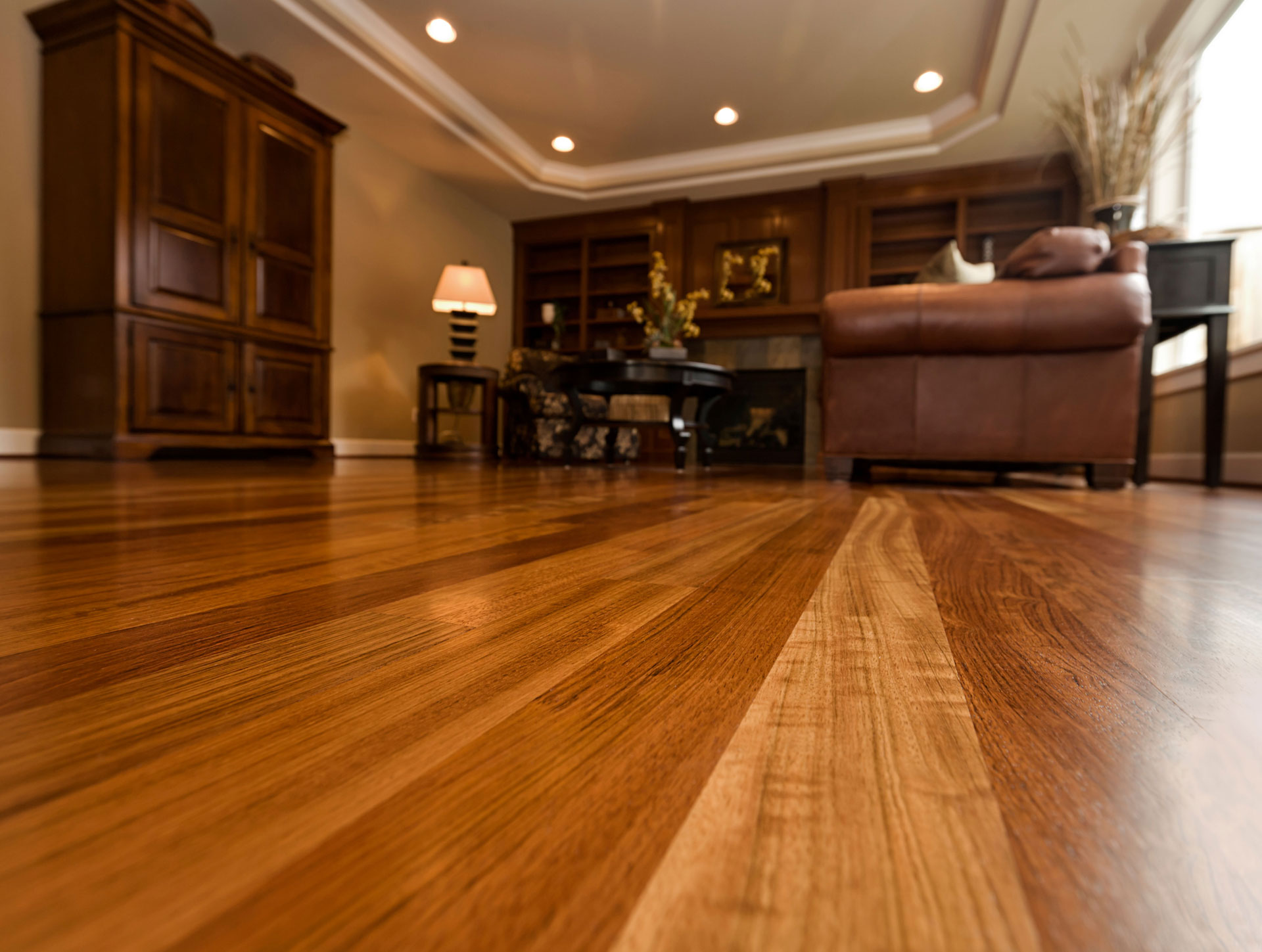
“Is it dry yet?” or “how much longer?” are common questions asked during a curing process. The proper mechanism for finish drying and
curing varies by type of finish. It is important to know that each type of finish has its own needs and drying points, but there are several commonly used terms to describe certain points along the dry curve, regardless of the type finish. These are
the four most common stages of curing.
Set point: The first stage that a finish arrives at is the point where it will no longer flow and level. This is called the set point. It is not dry, it may be tacky, and it may even feel liquid when touched, but enough liquid
carrier has evaporated so the product will not flow and level any further. This is sometimes referred to as the gel point in two-part systems.
Dry to the touch: This is the second stage of finish drying. It is just what it says; if you lightly touch the surface, liquid will not transfer to your finger. It will be dust-free at this point in the dry cycle, and no dust
sticks to the surface. Most of the time, it will be wet underneath, only the “skinned” over surface is dry. This is also the point at which air movement can be started across the surface to draw off the liquid carrier.
Dry hard: This is the third stage stage. It is hard enough and dry enough to go on to the next steps. The floor can be screened and another coat added, or it can be walked on lightly. Normally, it cannot be covered or rugs put
back at this dry stage, even though many contractors turn the job over to the owner at this point.
Fully cured: This will vary from days to months depending on the type of finish and the conditions of the jobsite. It is the point that the finish develops 100% of all its properties.
These drying stages are well known by the finish manufacturers and any contractor can get a good estimate of the time the various stages will take to develop by talking with their supplier. When asking the supplier, the contractor would help himself
by accurately describing the conditions to the best of his knowledge.